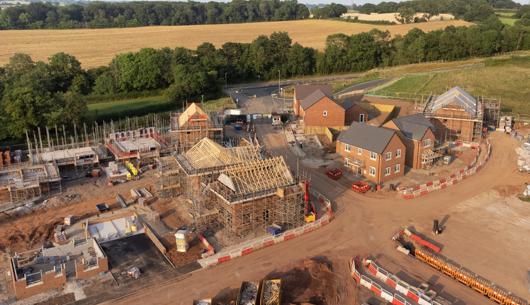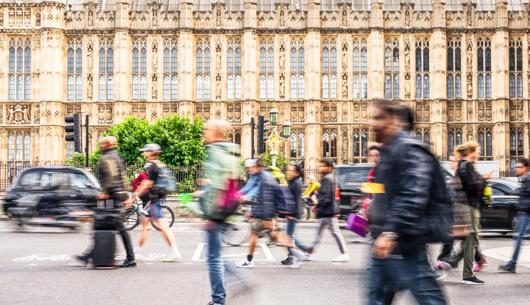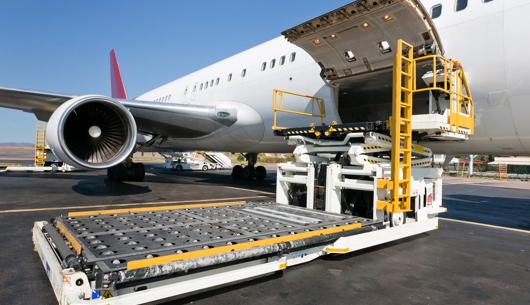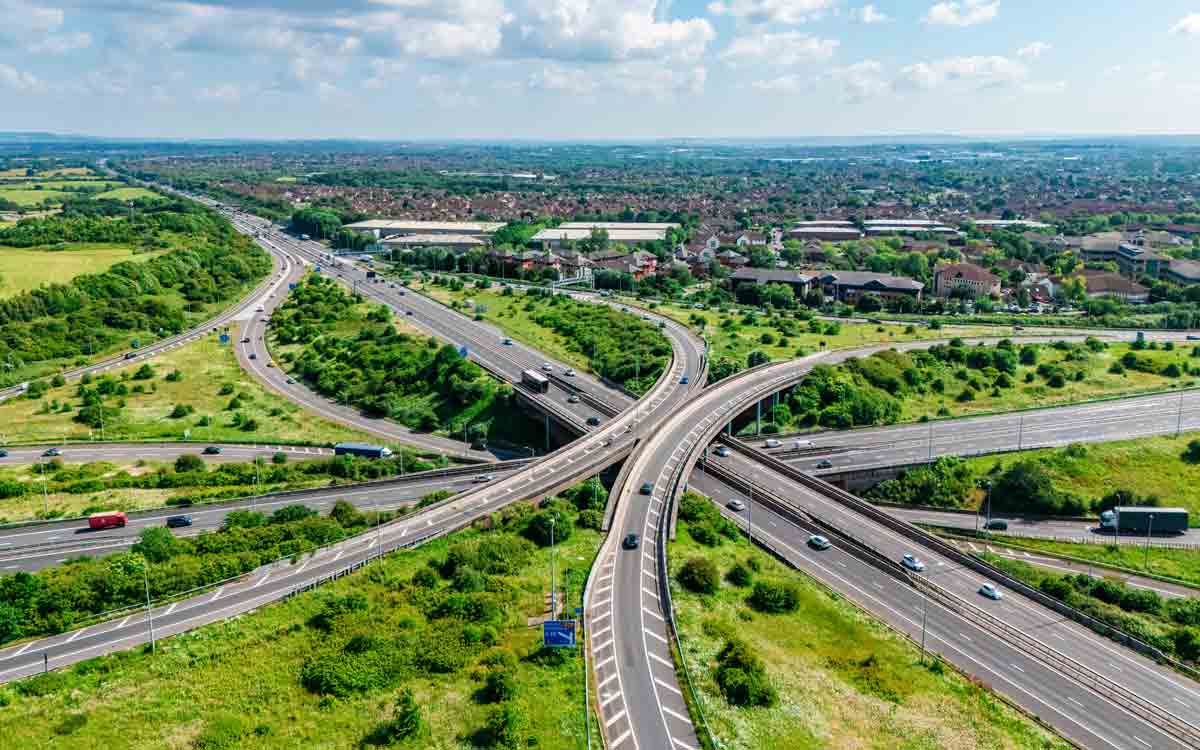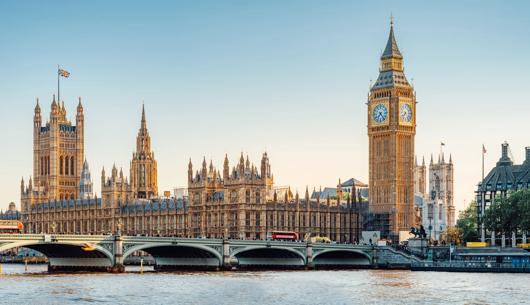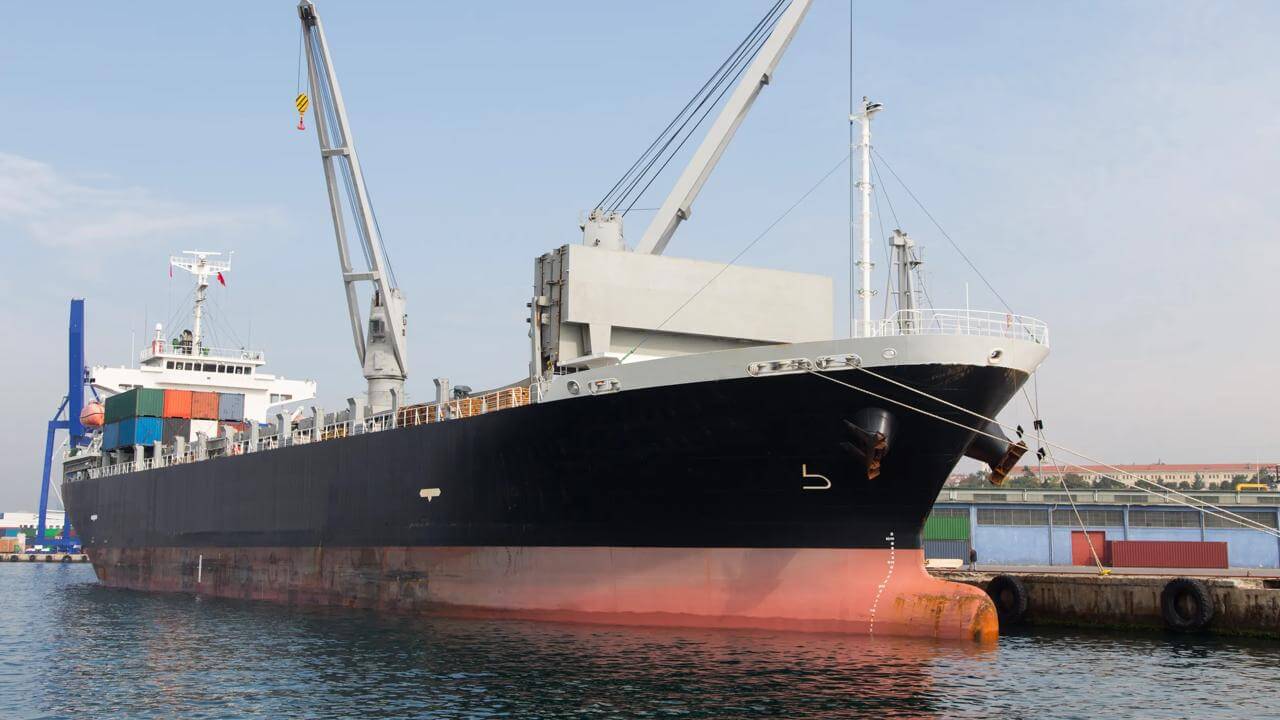London Borough of Southwark and another v Transport for London - Supreme Court decision
Back in 2017 we wrote about the case of London Borough of Southwark and the City of London v Transport for London [2017] EWCA CIV 1220 that had just been heard in the Court of Appeal.
This article is taken from February's public matters newsletter. Click here to view more articles from this issue.
Back in 2017 we wrote about the case of London Borough of Southwark and the City of London v Transport for London [2017] EWCA CIV 1220 that had just been heard in the Court of Appeal. This case centred on the transfer of ‘highways’ to Transport for London and what constituted a ‘highway.’ That decision has since been appealed and the Supreme Court has recently issued its judgment.
The Court of Appeal had determined that the statutory instrument in question (SI 2000/1117) transferred just the surface and such part of the sub-soil (‘two spits’) as is necessary for the maintenance of the highway to Transport for London, modelling the drafting of the statutory instrument on section 263 of the Highways Act 1980 (the ‘1980 Act’). The Supreme Court disagreed with the Court of Appeals decision and held that the drafting of article 2(1) of the statutory instrument was more closely aligned to section 265 of the 1980 Act which had a different background and purpose as section 263. Section 265 is less restrictive than section 263 of the 1980 Act and makes provision for the transfer of property and liabilities in connection with the designation of a highway as a trunk road rather than just the need to vest the surface of a road in the Highways Authority.
The Supreme Court also considered that it would not be logical just to transfer to Transport for London the ‘top two spits’ of a road and that it was more appropriate to transfer all that part of the vertical plane relating to a road that was vested in the relevant highways authorities on the date of the statutory instrument, but only to the extent that ownership was invest in the council’s capacity as a highway authority. The court commented that it would not be appropriate to have different authorities owning different levels of the highway when the purpose of the statutory instrument was to transfer all of the highway authority’s interest in that land as highway to the new Transport for London.
It should be noted that this does not mean that all of the land sub-soil and airspace owned by the relevant councils has been transferred to Transport for London. Where one of the councils had other legal interests that it acquired for reasons other than as highway authority (e.g. ad medium filum rights due to be owners of the neighbouring land) then that ownership has remained with that council.
Whilst this case specifically dealt with transfer of highway’s ownership in this one statutory instrument and so does not necessary correct any new law it does provide a useful reminder as to how a ‘highway’ is defined and the interpretation of different elements of the 1980 Act which may well be applicable in other similar situations where there is a reorganisation of ownership of highways.





